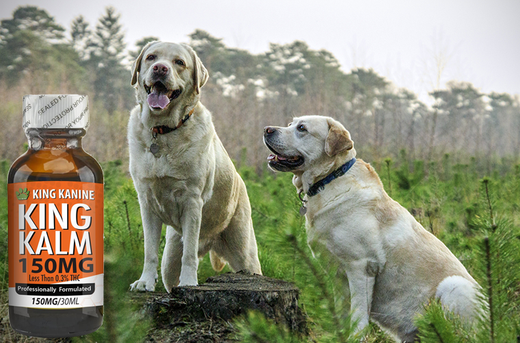
Cushing’s Disease in Dogs: Are there natural alternatives? If your pet has been diagnosed with Cushing’s Disease, or if you think that your pet may have Cushing’s, you’re in the right place.
When something is going on with your pet, it can be overwhelming to figure out the issue and get a diagnosis. It can be even more confusing to know what course of action to take and how to keep your pet feeling their best. We’re here to help.
What is Cushing’s Disease in Dogs?
Cushing’s Disease is an endocrine disorder, also known as hypercortisolism or hyperadrenocorticism. It causes your dog’s body to excessive amounts of the hormone, cortisol. Cortisol is a hormone that helps control stress, weight, infections, and blood sugar. Too much cortisol, or too little, can wreak havoc on your pet’s overall wellbeing.
Cushing’s Disease in dogs usually occurs in middle-aged or older dogs. There are three types of Cushing’s Disease in dogs:
- Pituitary Dependent Cushing’s – Caused by a tumor on the pituitary gland, and is the most common type, occurring in 80-90% of animals with Cushing’s Disease.
- Adrenal Dependent Cushing’s – Caused by a tumor on the adrenal glands, and is the second most common, occurring in about 15% of animals with Cushing’s.
- Iatrogenic Cushing’s Syndrome – Caused by over-prescription of steroids, and is the least common type of Cushing’s.





